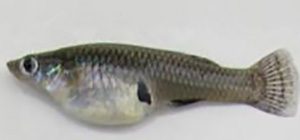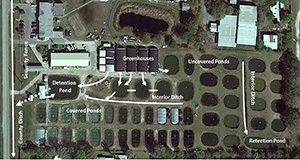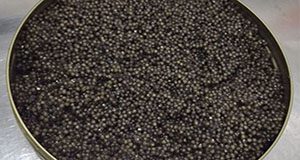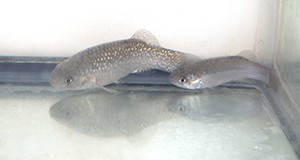
Structural strategies to prevent the escape of non-native species from aquaculture facilities have numerous environmental benefits, and research at the UF/IFAS Tropical Aquaculture Laboratory has shown that structural strategies also reduce non-compliance with Florida Department of Agriculture and Consumer Services Best Management Practices. Operational and management strategies, however, are also very important. The strategies discussed in this 6-page fact sheet, the management of water, facilities, and employees, must not be overlooked. Operational strategies are easy, inexpensive, and, when used alongside structural strategies, highly effective, offering an impressive return on a minimal investment in the overall effort to minimize the escape of non-native species.
Written by Quenton M. Tuckett, Carlos V. Martinez, Jared L. Ritch, Katelyn M. Lawson, and Jeffrey E. Hill and published by the School of Forest Resources and Conservation, Program in Fisheries and Aquatic Sciences, this fact sheet is the fourth in a four-part series devoted to educating industry and other stakeholders on the importance of preventing escape of non-native species from aquaculture facilities as well as strategies for non-native species containment and regulatory compliance.
http://edis.ifas.ufl.edu/fa198







